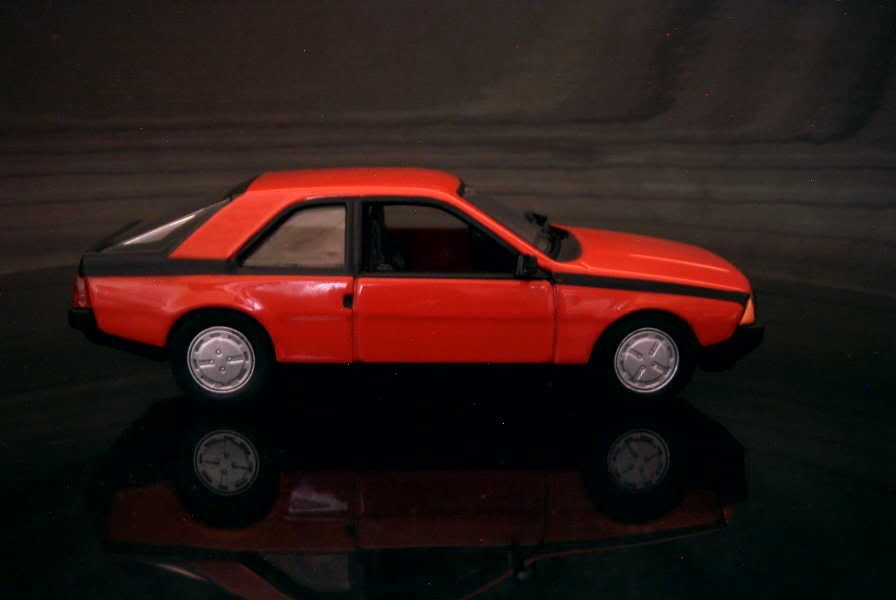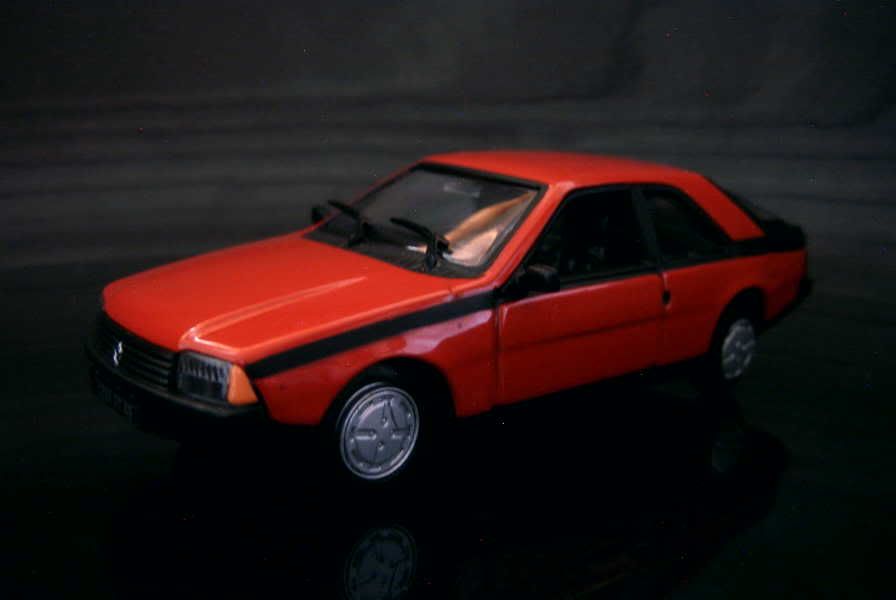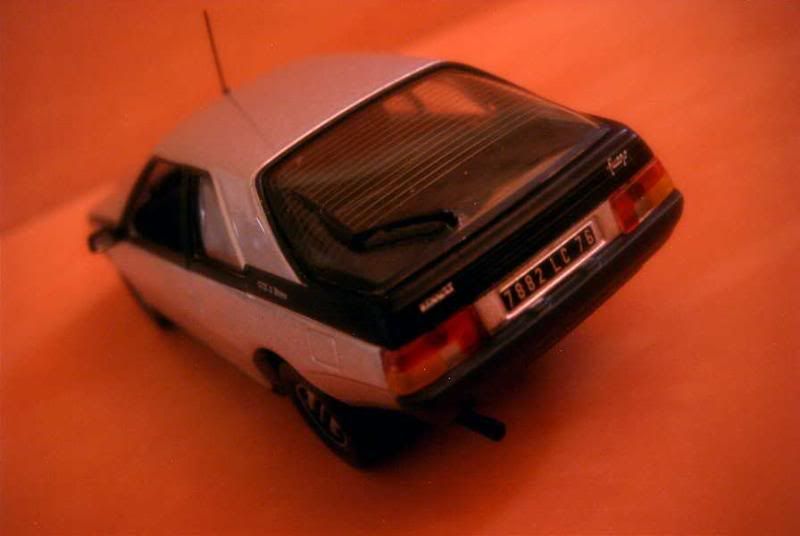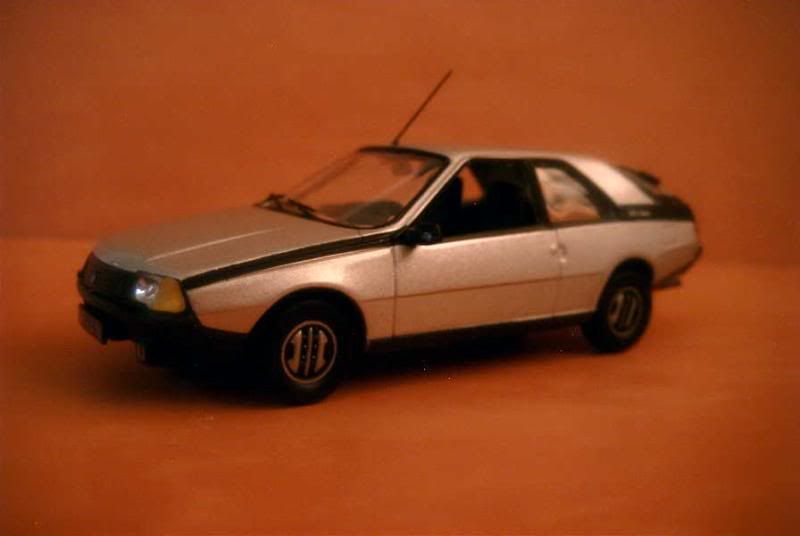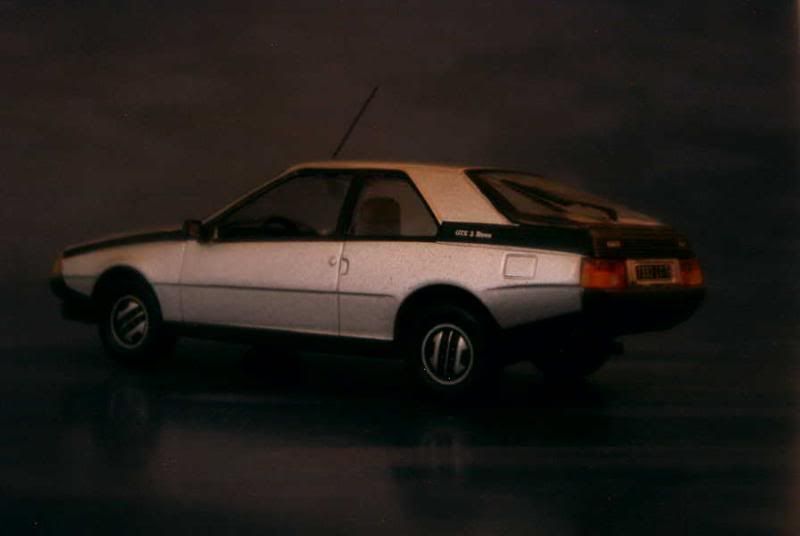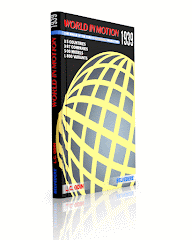Here is a post Gaucho Man should enjoy. By the way, it will be the last one for the year, as I’ll be away during the Christmas season. See you back half-way through January, and advance greetings to all of you! :)
A little history
I suppose that there is no need to go through the early years of what would become Jaguar once more. How two friends, William Lyons and William Walmsley, set up the successful Swallow company building sidecars for motorcycles, then ventured into coachbuilding by fitting new sporty bodies to the plebeian Austin Seven has been told over and over again. Then, nine years into existence and carried by its initial successes, their company, Swallow, unveiled its very own car during the 1931 London Motor Show: the SS Cars SS1. Actually, Standard was responsible for a large share of the new model’s input, designing its chassis and providing its engines. Displacing 2100 or 2600cc, those couldn’t allow tremendous performance but the SS1 was in line with all previous Swallow products: it was an elegant and affordable sports car. The concept proved a winning one, 4200 copies of the SS1 being built until 1936. Among those, of particular mention is the striking Airline coupe, launched in 1934 and of which 624 were made. Interestingly, though it is the best remembered SS1 today, the Airline had been inspired by Walmsley but was disliked by Lyons. This wasn’t the only point on which the two partners couldn’t agree. Walmsley was satisfied enough with Swallow’s success, while Lyons only had expansion in mind. In the end, Walmsley gave up and sold his shares to Lyons in 1935. Under the latter’s guidance, SS would continuously develop: after a 1935 reorganization that saw the Swallow sidecars activities being separated from the SS automobile ones, then completely sold ten years later, SS changed its name to Jaguar, which would soon unveil the famous XK120 and enter the racing scene with the C- then D-Types. Lyons would remain at the helm of his company until 1972, designing most of its cars in the process, up to the legendary Jaguar XJ6. He would peacefully die in 1985.
About the model
Model: SS Cars SS1 Airline coupe
Year: 1935
Maker: Ixo
Scale: 1/43
Distributed by: Altaya as no.39 of its Voitures Classiques press series
Acquired: brand new, in May 2007, in Souillac, France
A simple - not many separate parts and, in this Altaya version, wheels that are a little too thick - yet elegant rendition of the famed SS1. My rating is 13/20.
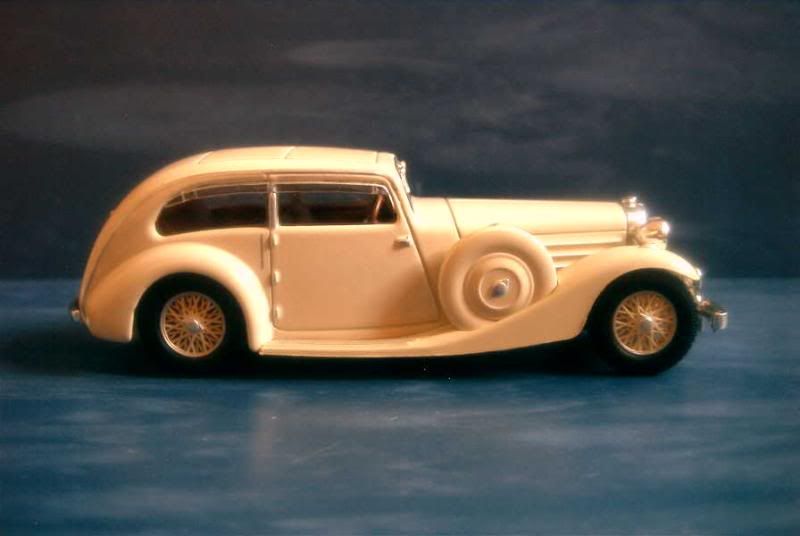
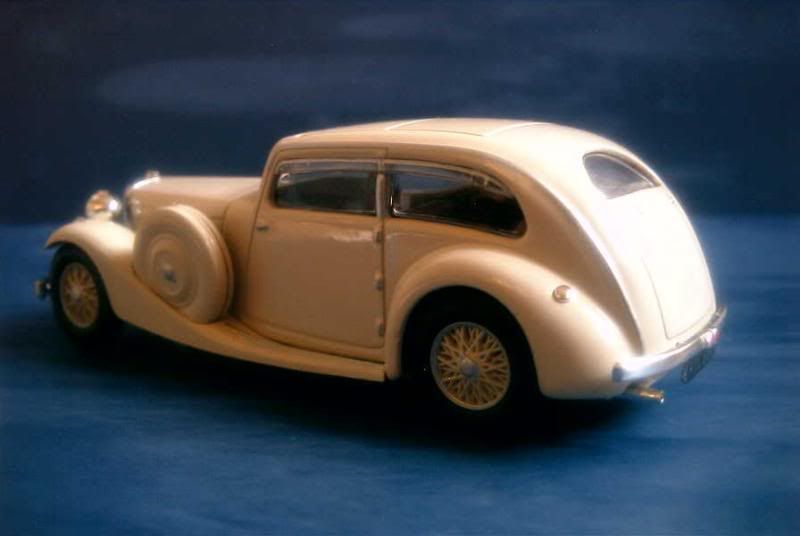
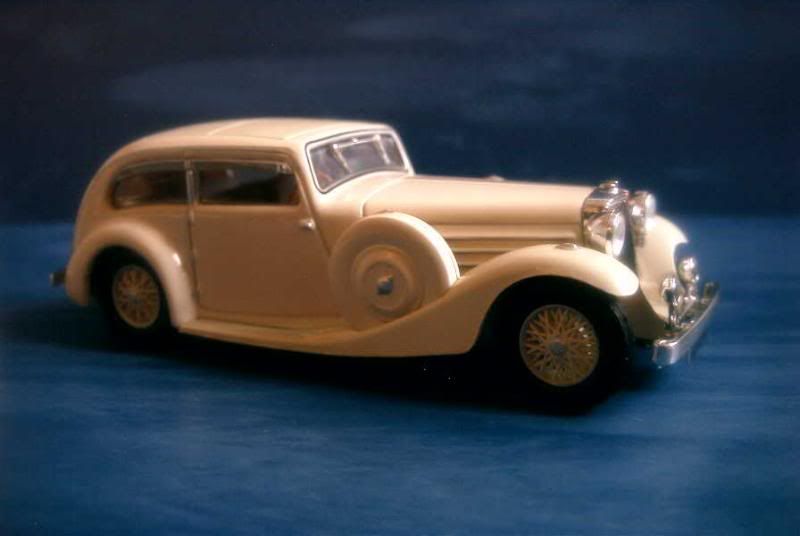
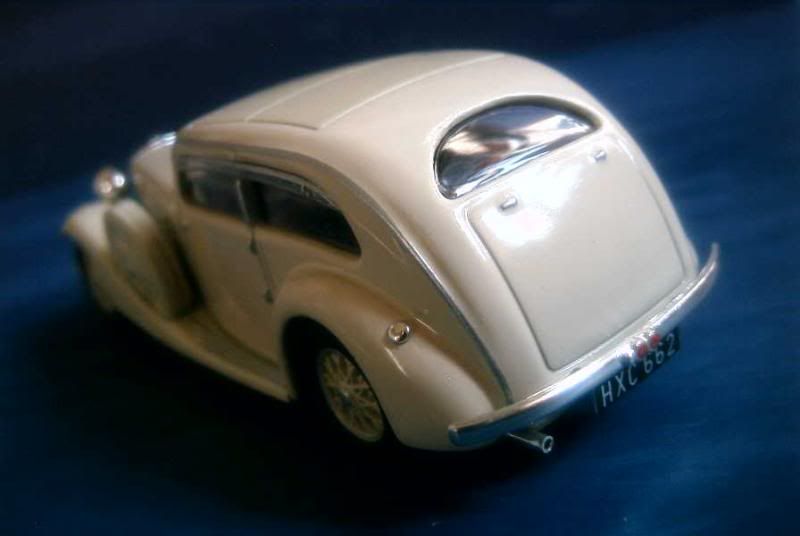
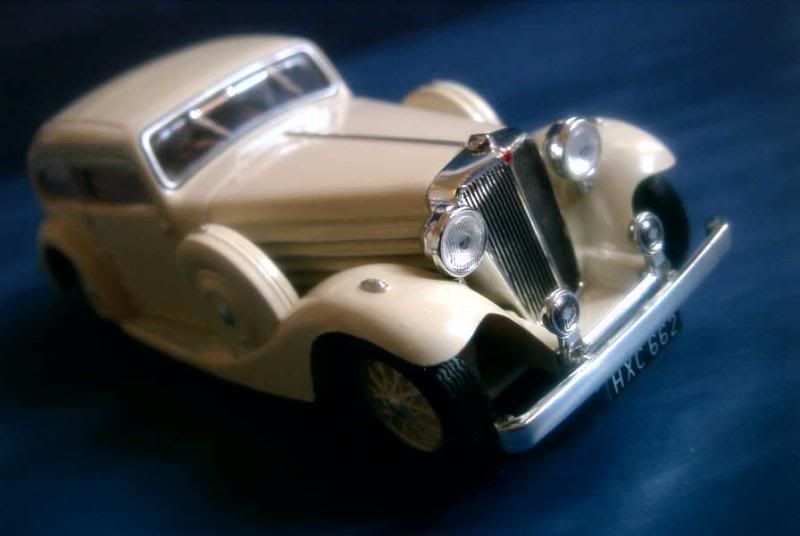
A little history
I suppose that there is no need to go through the early years of what would become Jaguar once more. How two friends, William Lyons and William Walmsley, set up the successful Swallow company building sidecars for motorcycles, then ventured into coachbuilding by fitting new sporty bodies to the plebeian Austin Seven has been told over and over again. Then, nine years into existence and carried by its initial successes, their company, Swallow, unveiled its very own car during the 1931 London Motor Show: the SS Cars SS1. Actually, Standard was responsible for a large share of the new model’s input, designing its chassis and providing its engines. Displacing 2100 or 2600cc, those couldn’t allow tremendous performance but the SS1 was in line with all previous Swallow products: it was an elegant and affordable sports car. The concept proved a winning one, 4200 copies of the SS1 being built until 1936. Among those, of particular mention is the striking Airline coupe, launched in 1934 and of which 624 were made. Interestingly, though it is the best remembered SS1 today, the Airline had been inspired by Walmsley but was disliked by Lyons. This wasn’t the only point on which the two partners couldn’t agree. Walmsley was satisfied enough with Swallow’s success, while Lyons only had expansion in mind. In the end, Walmsley gave up and sold his shares to Lyons in 1935. Under the latter’s guidance, SS would continuously develop: after a 1935 reorganization that saw the Swallow sidecars activities being separated from the SS automobile ones, then completely sold ten years later, SS changed its name to Jaguar, which would soon unveil the famous XK120 and enter the racing scene with the C- then D-Types. Lyons would remain at the helm of his company until 1972, designing most of its cars in the process, up to the legendary Jaguar XJ6. He would peacefully die in 1985.
About the model
Model: SS Cars SS1 Airline coupe
Year: 1935
Maker: Ixo
Scale: 1/43
Distributed by: Altaya as no.39 of its Voitures Classiques press series
Acquired: brand new, in May 2007, in Souillac, France
A simple - not many separate parts and, in this Altaya version, wheels that are a little too thick - yet elegant rendition of the famed SS1. My rating is 13/20.





